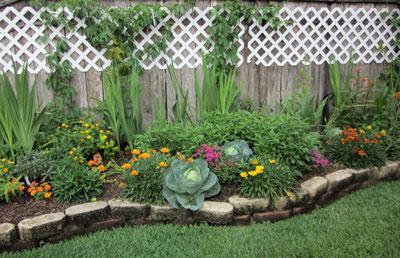Reasons to love lattice
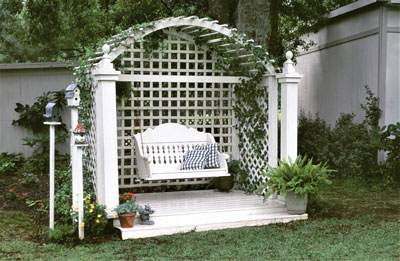
There are almost as many reasons to love lattice as there are ways to use the time-honored fretwork. Lattice is versatile, affordable, plant friendly, attractive, and easy to work with. What’s more, it creates a structured backdrop amid the oft-times boisterous world of plants.
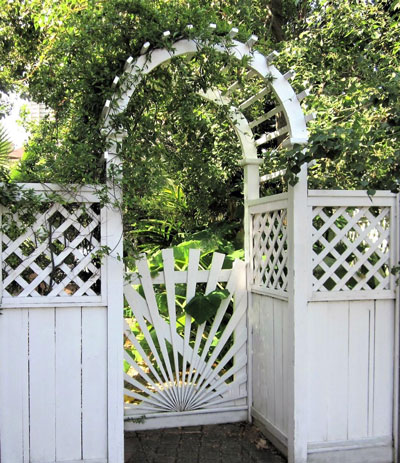
But lattice is a garden workhorse, as well. Include it in the landscape and it showcases flowers, camouflages utility areas, supports plants, defines garden rooms, adds accents, provides privacy, increases growing space, creates shade, and more.
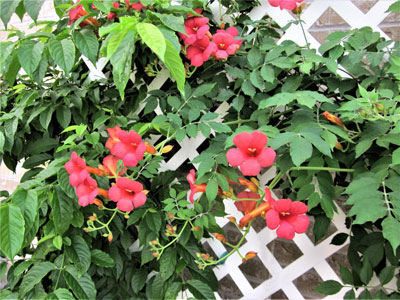
The word lattice derives from the Old French word “latiz” which means lath, board, plank, or batten. Latticework is open framework consisting of crisscrossed strips of wood, vinyl, metal, or other building material that forms an ornamental grid-like pattern. Lattice decorated medieval and renaissance gardens, saw a surge in popularity in 17th Century Holland, and, later, found its way into Early American gardens in the form of the ever-useful trellis.
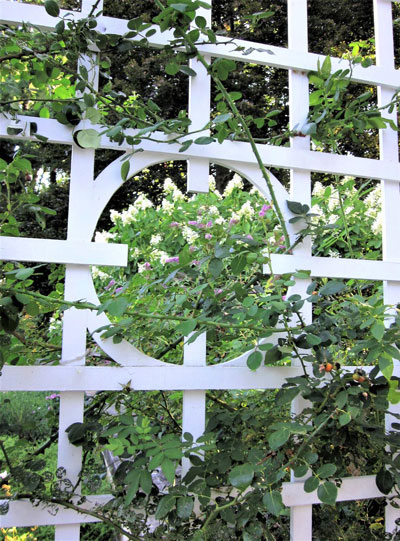
Today, lattice is more versatile and appealing than ever. Use standard lattice panels to build fences, screens, arbors, gazebos, garden bench enclosures, and garden room walls. Dress up privacy fences by crowning them with lattice scallops, by accenting them with lattice-filled portholes, or by attaching a decorative lattice border. Use strips of lattice to skirt decks and patios, fill in stair step risers, or edge flower beds.
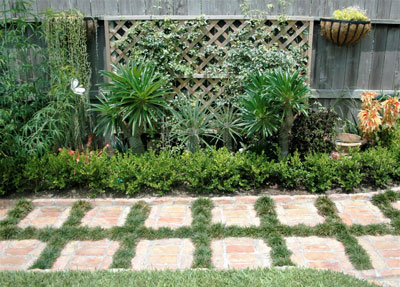
In utility areas, lattice draws attention away from storage cans and equipment to climbing plants and flowering vines. In open spaces, lattice defines “rooms” and acts as a focal point. In residential areas, lattice provides privacy while allowing light to enter and air to circulate.
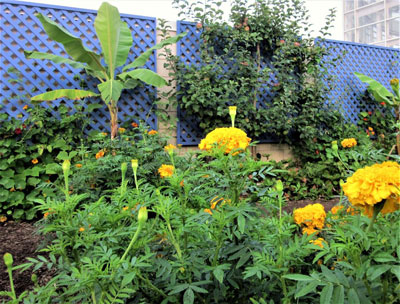
One of the rewards of working with lattice is its ability to make almost any garden look better. There’s nothing more pristine than a white lattice arbor set in a white picket fence. Few accents catch-the-eye faster than lattice panels painted in bold hues of blue, red, even purple, especially when they partner with flower-laden vines. But despite its impressive attributes, to some folks the best part about using lattice is that flowers and foliage can be enjoyed from inside and out.
